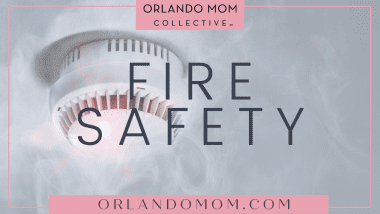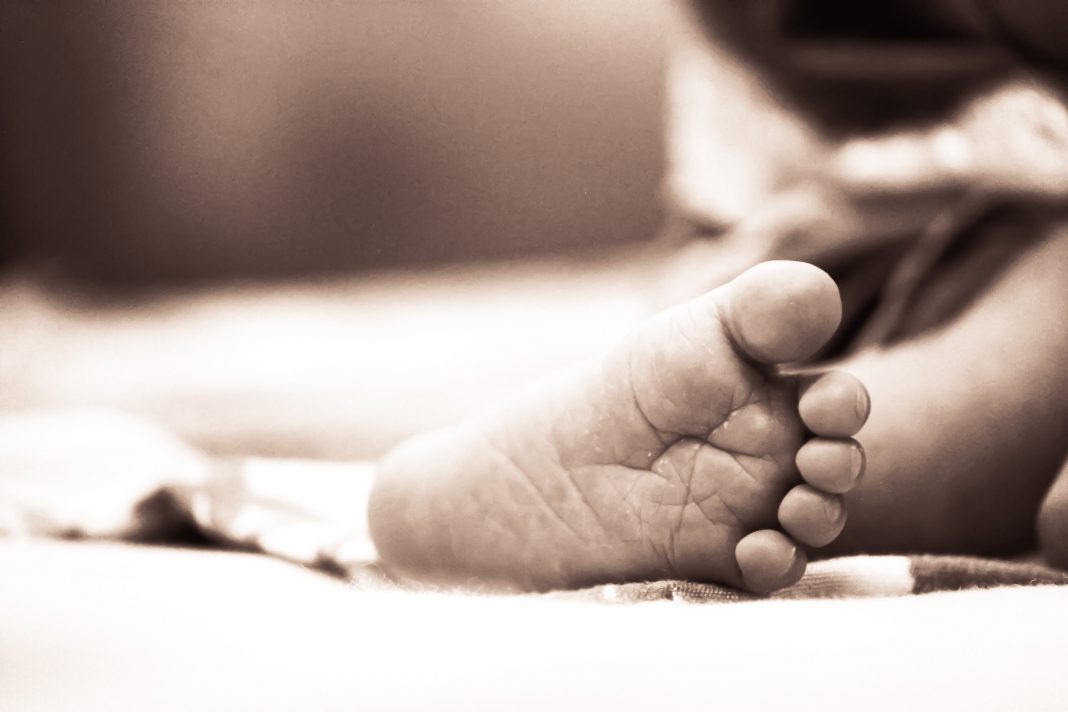For new and soon-to-be parents, babyproofing brings to mind covering corners, installing child safety latches, anchoring furniture and placing covers over outlets. But there is one critical part of babyproofing that is often overlooked: fire safety.

When it comes to home fires, every second counts. And today, fire moves faster through homes due to synthetic materials, furniture, more open layouts and lighter construction materials, giving people less than three minutes to escape once a fire takes hold. Smoke alarms give you and your loved ones the earliest warning possible that there is a fire, so you can get out of your home quickly and safely.
Bringing a new baby into the family is the perfect time to review home fire safety and UL’s Fire Safety Research Institute (FSRI) is reminding new and soon-to-be parents to add these three life saving tasks to their babyproofing checklist:
Smoke Alarm Placement and Testing
Check that your smoke alarms are working properly and positioned correctly. Roughly three out of five home fire deaths occur in households with no working smoke alarms or no smoke alarms at all. Install smoke alarms on every level of the home including the basement, as well as in every sleeping room and outside each separate sleeping area. Check the battery, too – you don’t want that chirp from a low battery waking up baby! Smoke alarms have a test button. Push and hold the test button. If working properly, you’ll hear a very loud beep. If the sound is weak or no sound comes out, replace your batteries. If your smoke alarms are more than 10 years old, install new alarms and look for products that are third-party listed or certified. And remember, the best smoke alarm is a working smoke alarm.
Fire Escape Plan
If there is a fire in your home, there won’t be time to plan a way out in the moment – especially now that you need to get yourself and a baby up and out. Create an escape plan for your home and practice it with your family so you’re ready for a fire emergency. Make sure your Fire Escape Plan includes a plan A, B and C. There should also be two ways to get out of every room, and remember if you can’t get out, put a closed door between you and the fire and call 9-1-1 to let the fire department know where you are.
Close Before You Doze
When the new baby starts sleeping in their own room, Close Before You Doze. A closed door can be an effective barrier against deadly levels of carbon monoxide, smoke and flames, and may give you more time to respond to the smoke alarm. In fact, there can be a 900-degree fahrenheit temperature difference between a room with an open door and one with a closed door. While a room with an open door may reach 1,000 degrees fahrenheit, a room with a closed door may only reach 100 degrees fahrenheit. For families concerned about not being able to hear an upset baby, utilizing a baby monitor is a great way to stay connected while following fire safety recommendations. Overall, It’s important for parents to close their kids’ doors and their bedroom doors before bedtime and make it part of the nighttime routine.
Becoming parents can come with a lot of anxiety, but adding these three simple steps to your babyproofing to-dos can make a life-saving difference.




















